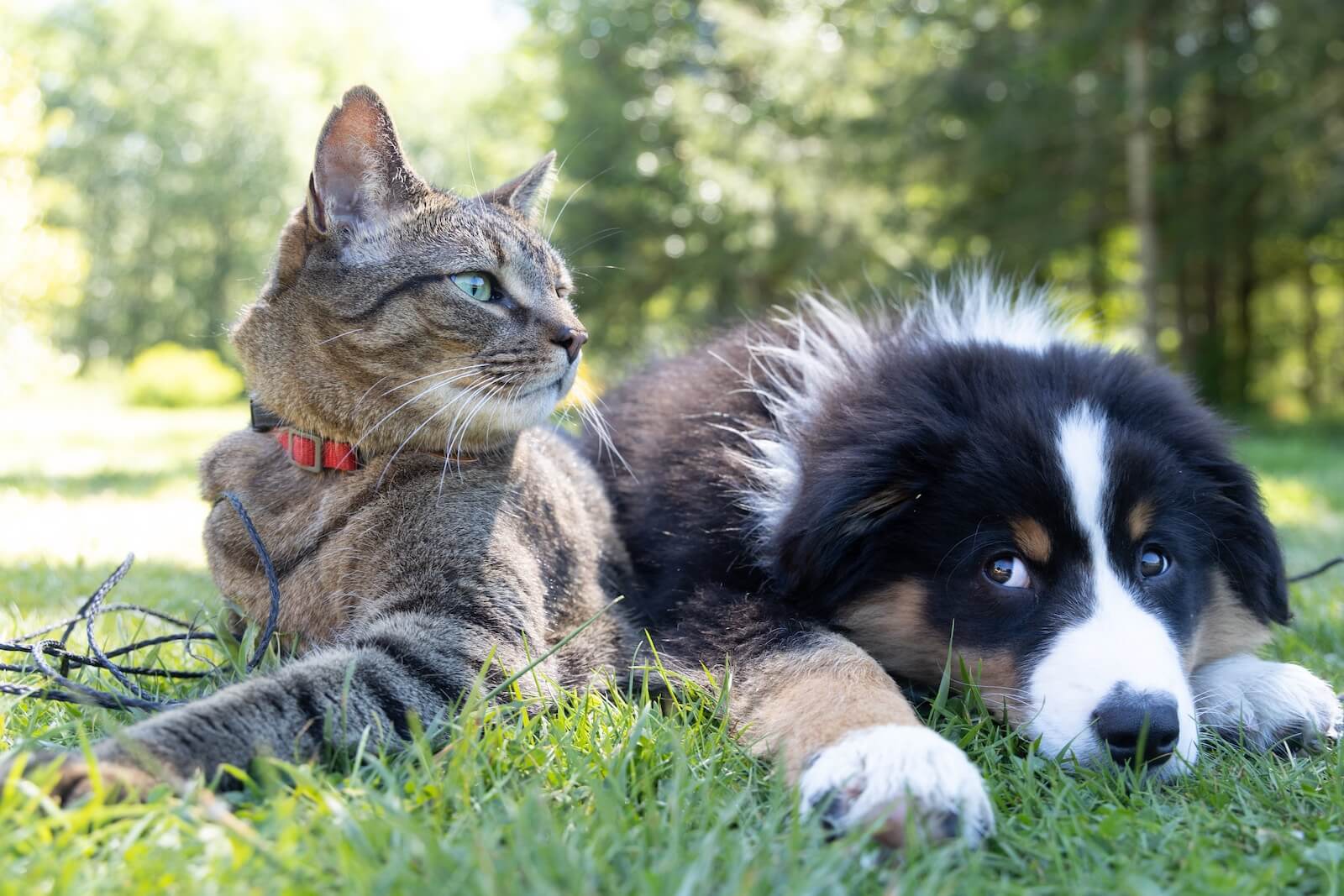Are you looking to adopt a new pet, and one of your priorities is an animal that doesn’t shed much? I’m sure you’ve asked yourself, “do cats shed more than dogs?“. I’m afraid you won’t like my answer because the truth is that there is no single answer. But we’ll try to explain why and give you a few pointers in the right direction.
Do dogs shed more than cats? Or do cats shed more than dogs?
Depending on the two animals you are comparing, you may have found more than one answer to this question. For example, between a Maine Coon and a Poodle, the cat is the one that sheds more. However, if you compare a Golden Retriever and an American Shorthair, the dog sheds more hair.
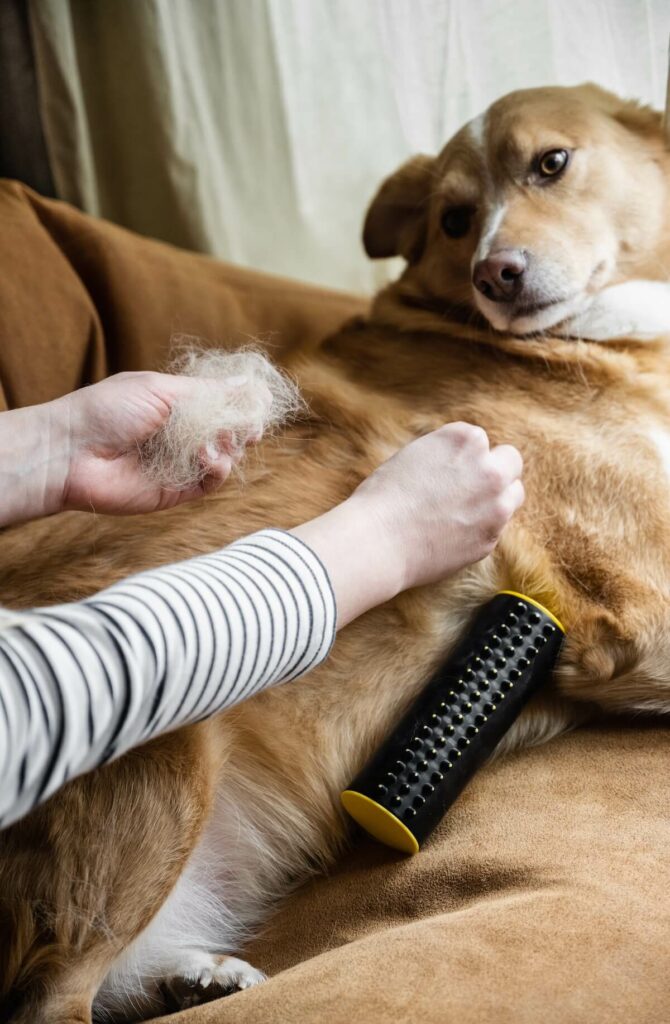
Whatever breed they are, both animals shed hair, and this is because old or dead hair must fall out, so the fur can regenerate and grow new. Did you know that the same thing happens to humans? Luckily we wear clothes to protect our sensitive skin from the environment, but in the case of dogs and cats, their fur protects them from the sun’s rays, cold, rain, dirt, and bacteria.
If an animal didn’t shed its fur, it would be vulnerable to all kinds of infections and wouldn’t tolerate temperature changes. Haven’t you ever wondered how a Siberian cat survives the Russian winter?
Shedding untangled
Indeed you already have an opinion from experience, but let me explain that to compare a dog and a cat, you have to know more than their breed. Here I will list all the factors that influence the amount of hair these pets shed.
- Breed
- Coat type and layers
- Size
- Age
- Pregnancy
- Health
Breed
You can be guided by each breed’s general characteristics if you want to know what your pet will be like and what to expect regarding common factors such as lifespan, disease, or shedding. For example, you’ll know immediately that a Sphynx will shed very little hair because it barely has any, just as you’ll know that a Maltese will have a soft coat.
Coat type and layers
This is one of the most critical factors, and we can discuss many aspects here. Let’s start with the length of the hair, as it can vary between short, medium, and long, even within the same breed, for example, the classic Chihuahua and the long-haired Chihuahua. If we are looking for an animal that doesn’t shed a lot, choosing a short-haired dog or cat will always be more advisable since the loose hair will be less noticeable.
Another factor is coat texture, which should never be overlooked, as it makes a significant difference. Just as there are pets with soft, silky coats, others have a rougher, coarser coats, such as an American Wirehair. Here the issue is trickier because if an animal has medium to long hair and is rough or wiry, it’s less likely to leave loose hairs on your furniture, as the dead hair will be trapped in the coat, waiting for you to untangle it with a brush.
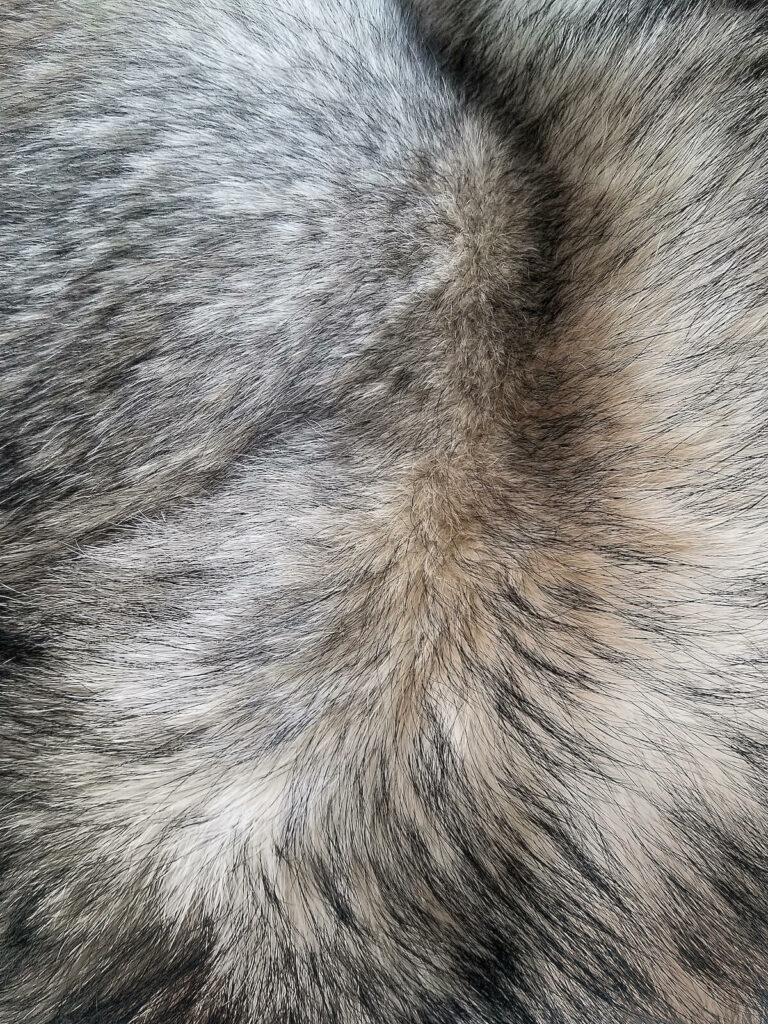
Whereas if the animal has short, coarse hair, the amount of loose hair might be less, but you will certainly notice it more because the coarse hairs will get caught in your clothes and couches, like little sharp needles stick in easily in fabric.
If we talk about dogs, they can have one or two layers of hair, while cats can have up to three. The first layer of hair is usually short and very tight to their skin, it is usually the one that falls off most frequently, and its function is precisely to act as a sweater, meaning it’s the one that keeps them warm.
The function of the second and third layers is to protect them directly from the water. As they are waterproof, they prevent liquids from penetrating and wetting the first layer of fur. That’s why you can happily see a Siberian cat or a Husky in the snow without being cold.
Size
This factor is relative. If you think about it, the bigger the pet, the more hair it has to spread around your house, whether it’s a dog or a cat, so in this case, a small companion would be convenient, but be careful because small pets are also capable of filling your house with loose hair.
Age
Both cats and dogs tend to shed more during the transition from kitten or puppy to young adult, when they finally lose their fuzzy coat and grow permanent fur, and have another stage of excessive shedding as they age. The second phase is usually more noticeable because shedding is constant once a certain age is reached, as your pet’s coat loses strength and becomes drier, causing it to break and shed easily.
Health condition
The pet’s health condition has much to do with it because although the relation is not evident in some cases, certain diseases have accelerated hair loss as a symptom or consequence. The most common diseases that cause excessive shedding are hypothyroidism, cancer, and liver and kidney problems. Even when a pet has allergies, shedding can be increased due to scratching and biting, which can even leave bald patches in the coat.
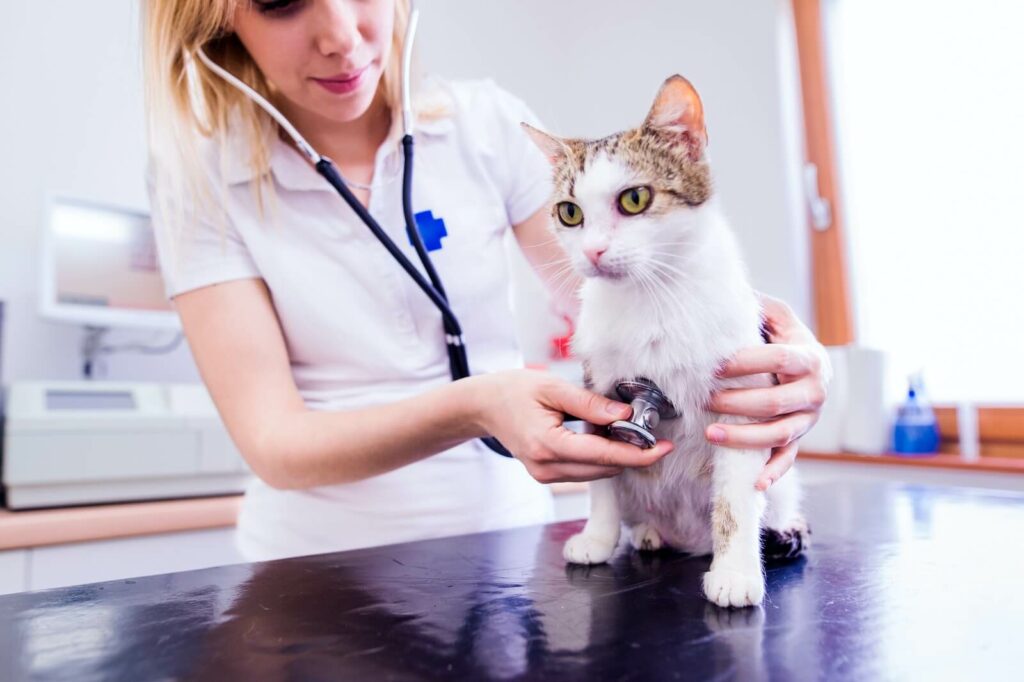
Another condition to take into account is pregnancy. During this stage, females shed more than usual due to the extra stress on their bodies and the numerous hormonal changes they are experiencing.
Breeds that shed the most
Cats
- Maine Coon
- Ragdoll
- American Bobtail
- Ragamuffin
- Chartreux
- Chantilly
- Nebelung
- Siberian
Dogs
- Golden Retriever
- German Shepherd
- St. Bernard
- Chow Chow
- Beagle
- Siberian Husky
- Labrador Retriever
- Great Pyrenees
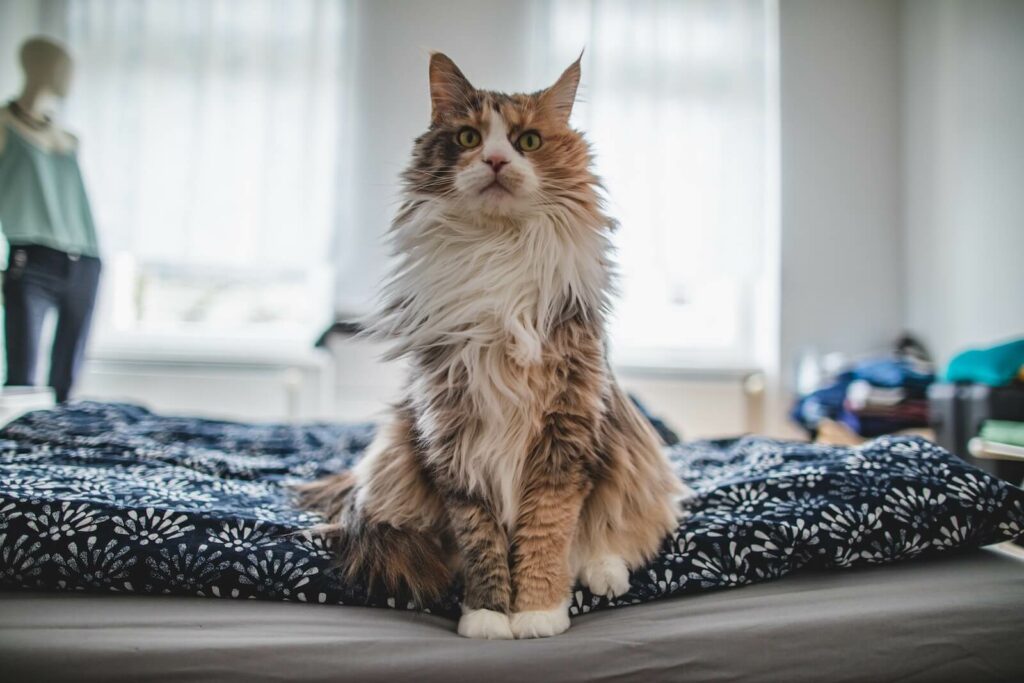
Here are some cat breeds that shed the least in case you’re looking for a pet with minimal shedding.
Do cats shed more than dogs? The bottom line
Both dogs and cats shed hair, and it would not be easy to decide which of them takes the title of the shedding champion, as it depends on factors as varied as breed, age, physical condition, and even the type of hair it has.
If you want a pet that doesn’t make you suffer with so much loose hair, many solutions can help you. You can try daily brushing and baths occasionally, and many supplements can help strengthen his coat. It’s a matter of trying the solution that best suits your case. Now that you know more, what type of pet are you considering adopting? A cat or a dog?
